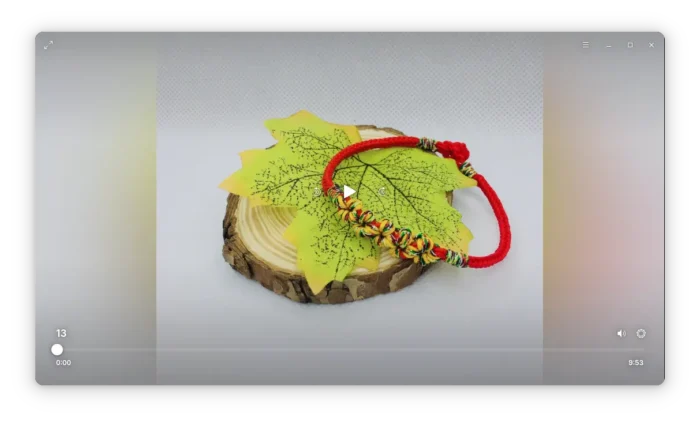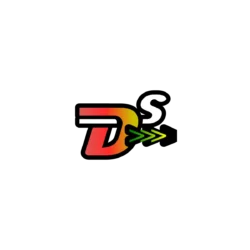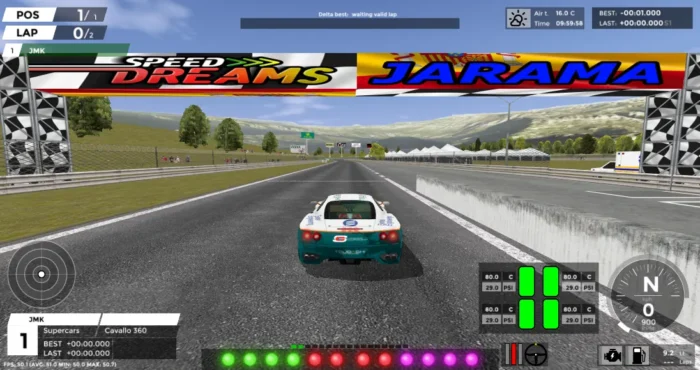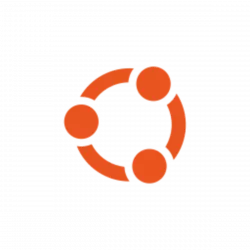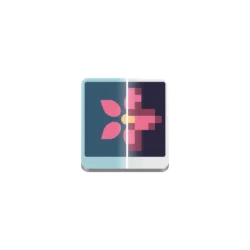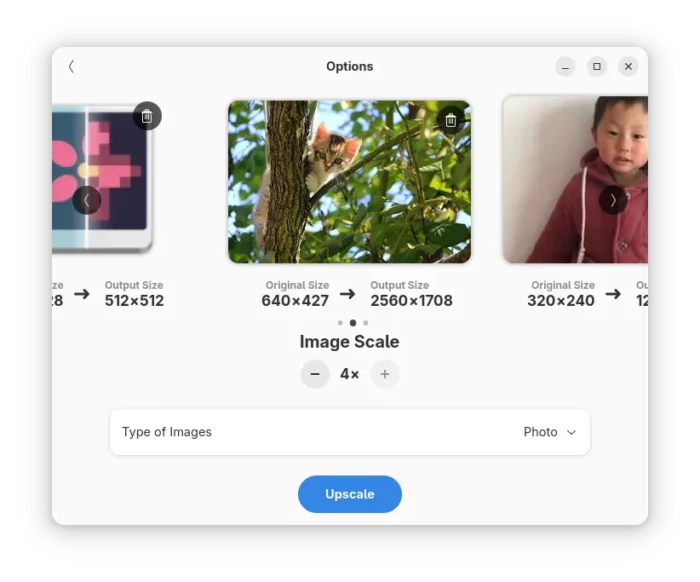For users of Ubuntu 24.10 Oracular Oriole, the upgrade channel to the latest Ubuntu 25.04 reopened after fixed some critical bugs.
Ubuntu 25.04, code-name Plucky Puffin, was released in last month as the latest short term Ubuntu release. The upgrade channel opened just after the release date. It however had some critical issues.







